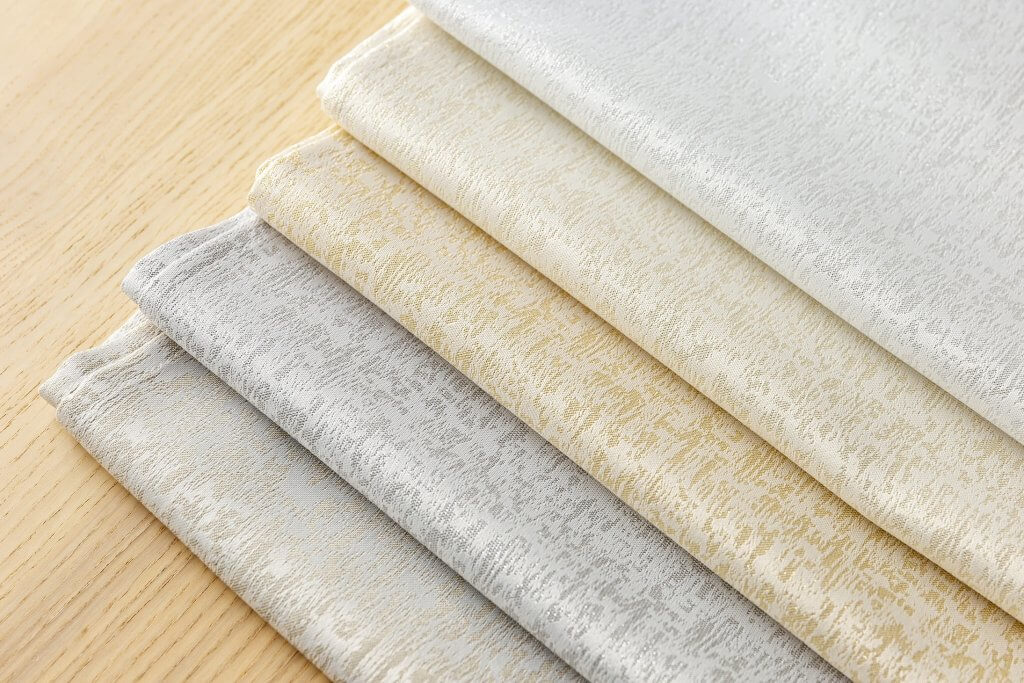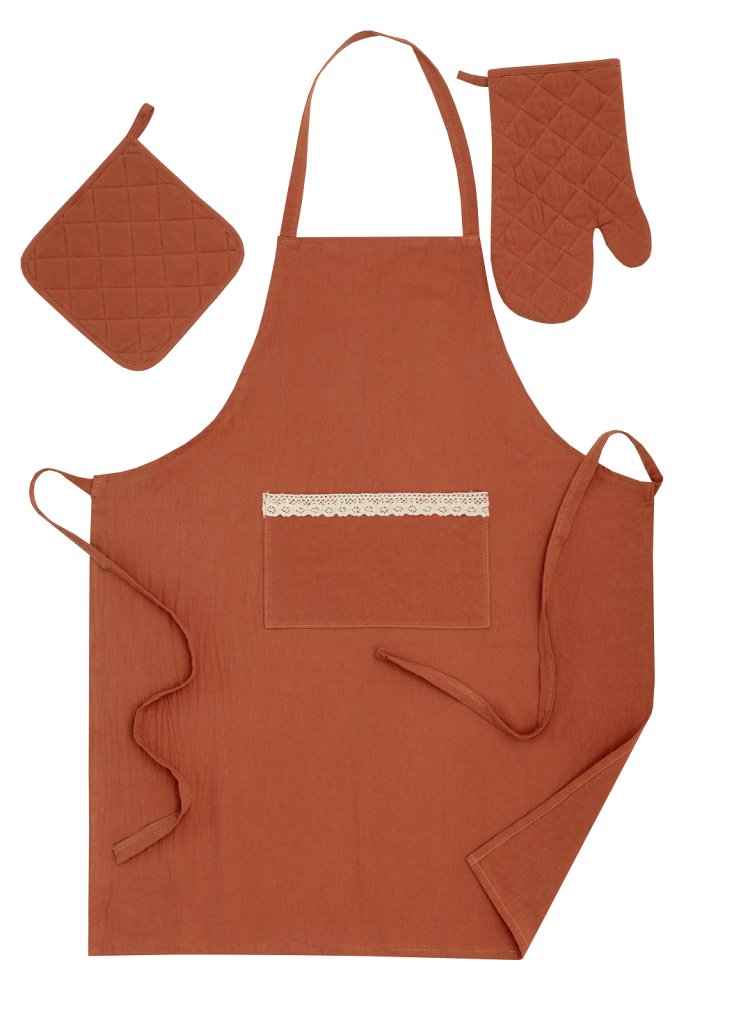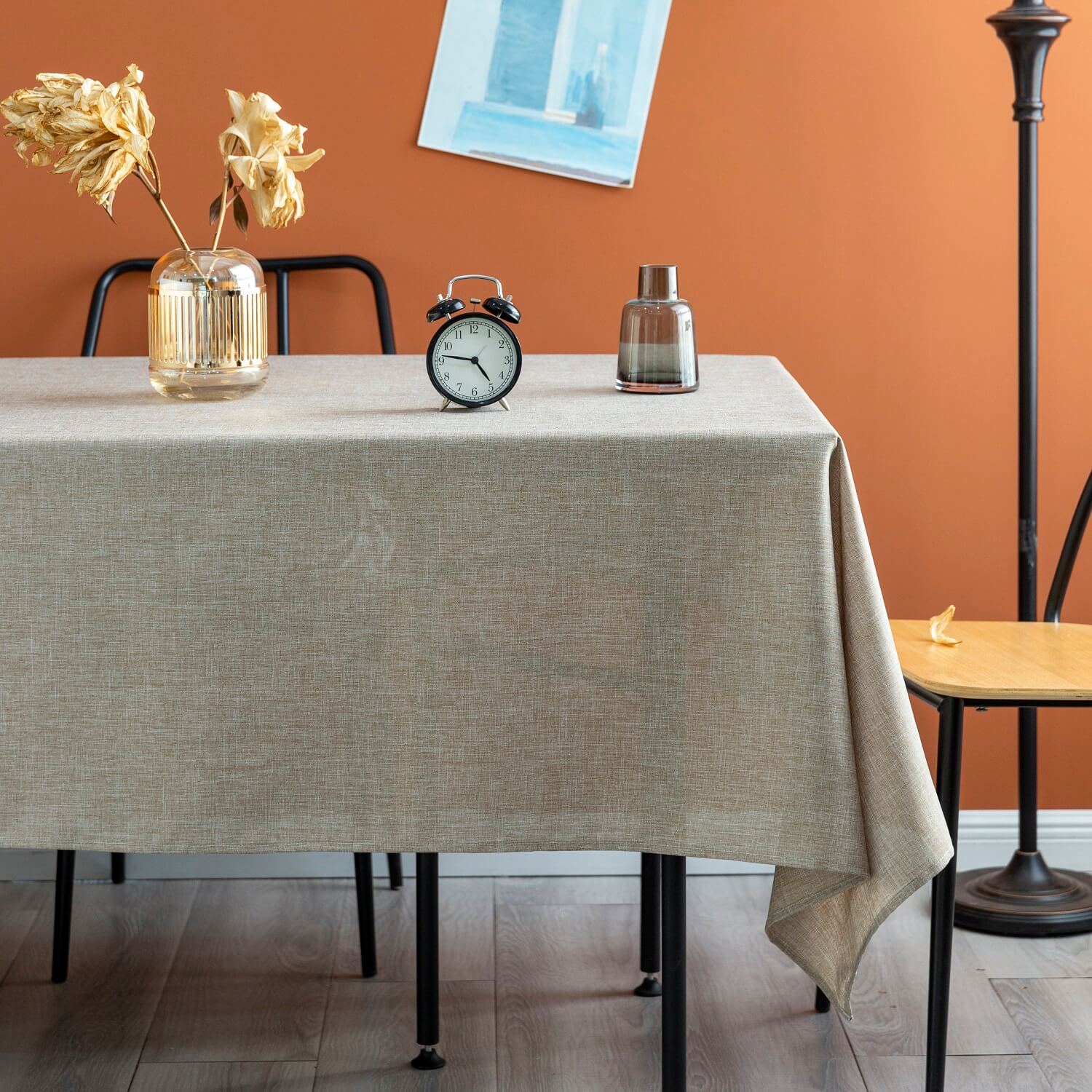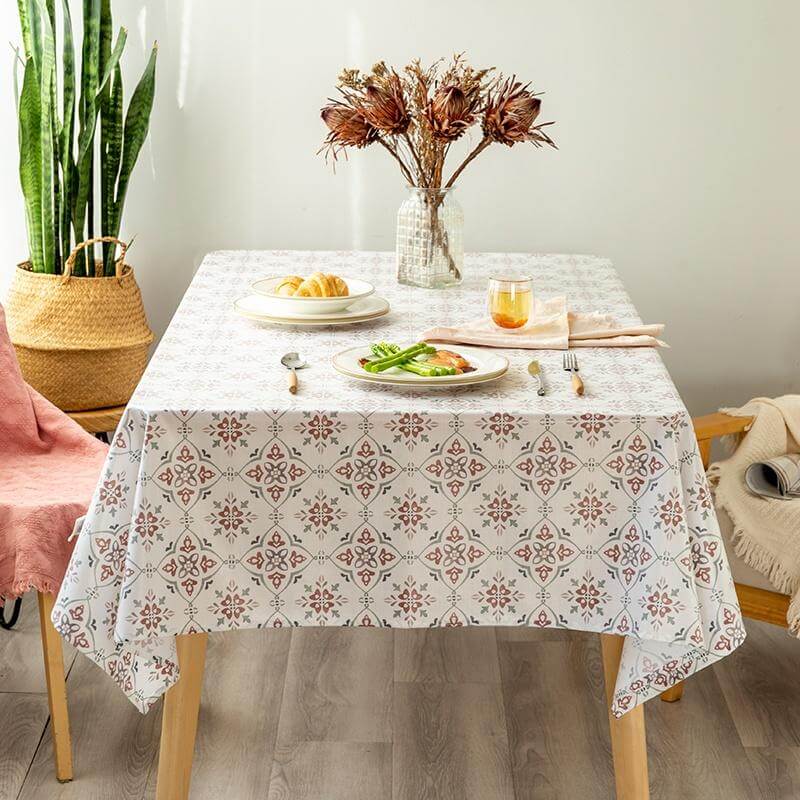Now there are many brands in the home textile market, and the name of the fabric is also varied. If we don’t understand the fabric at all, it is difficult to find a genuine product that suits us. Now let’s talk about what mainstream fabrics are being used in the home textile market? What are the advantages and disadvantages of these fabrics? And how do we identify these fabrics?

Now the main fabrics used in home textile are: 100% cotton, 100% polyester, polyester-cotton blended, silk, coral fleece.
100% cotton fabric:
Natural fiber, no stimulation in contact with the skin, harmless to human body, good hygroscopicity and breathability, safe, comfortable, but easy to wrinkle.
Identification:
- Hand Feel: 100% cotton products generally feel soft, and there are obvious folds when you grab a handful. 100% cotton textiles are not very smooth to the touch, and the color is usually natural, without the special luster of silk and chemical fibers.
- Combustion: Take a piece of yarn from the corner of the fabric and ignite it to observe. It burns quickly and continues to burn after leaving the flame and leaving gray ash after burning.
100% polyester fabric:
Poor hygroscopicity and air breathability, easy to pill on the surface and produce electrostatic reaction, good shape retention, high tear strength, smooth surface, good gloss.
Identification:
Combustion: Easy to ignite, there is black smoke when burning, after burning, it is a dark brown lump, which can be crushed with fingers.
Polyester-cotton blended fabric:
Good tear strength, not easy to wrinkle, but easy to pill on the surface and produce electrostatic reaction.
Identification:
- Hand Feel: feel harder than 100% cotton.
2. Combustion: polyester-cotton blended fabric is black smoke, and there is a very hard ash.
Silk fabric:
The appearance of real silk is gorgeous and rich, with natural soft light and flashing effect, comfortable feeling, high strength, elasticity and moisture absorption better than cotton, but easy to dirty, heat resistance to intense sunlight is worse than cotton.
Identification:
- Folding: Pinch the fabric with your hands and release it. The silk product has no creases due to its good elasticity.
- Touch: silk feels smooth and soft.
- Pulling: Take out a few yarns, wet some of them with water, and then pull them off. If the ones that are broken from the wet place are rayon fabrics, and the ones with different lengths of broken ends are silk products.
- Combustion: take out yarn of partial line to burn, real silk cannot see the flame, have the smell of burning hair, become black particle shape, can be crushed with the hand. The imitation silk can see the flame, have the smell of plastic, when the fire goes out, hard glue is left behind.

Coral fleece:
It’s a new popular fabric in textile fabrics. Products to feel soft, delicate texture, environmental protection and other characteristics, began to gradually replace the traditional bedding.
Identification:
- Look carefully under the sun, the high-quality coral fleece is smooth on both the front and back, without high or low, no chaotic fluff.
- Close to the fabric and smell it with the nose, high-quality coral fleece should be odorless, soft to the touch, not pilling and not fading, good water absorption, silky smooth and glossy, and rich in color.





